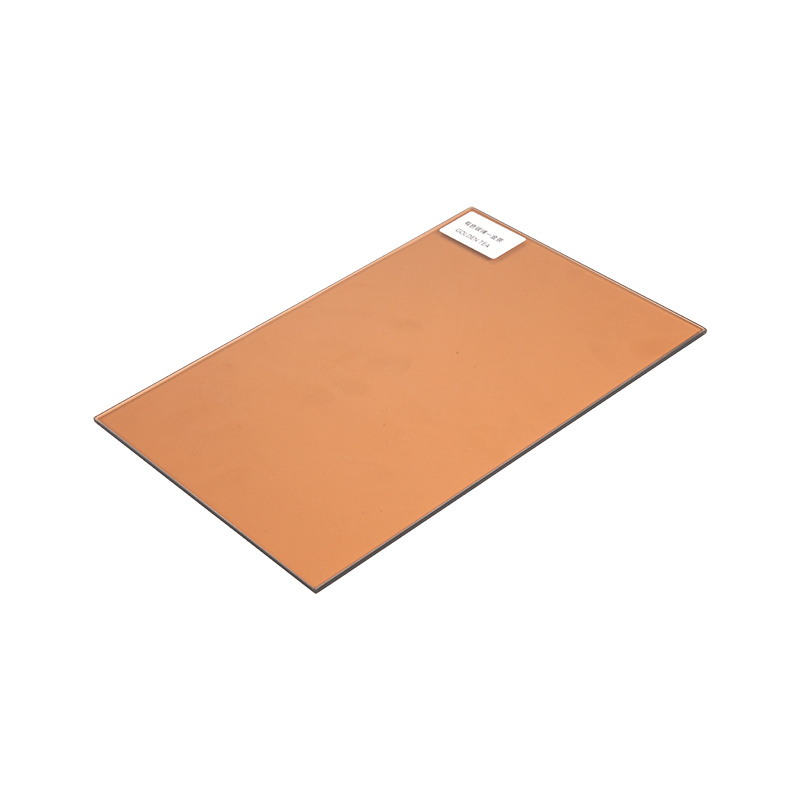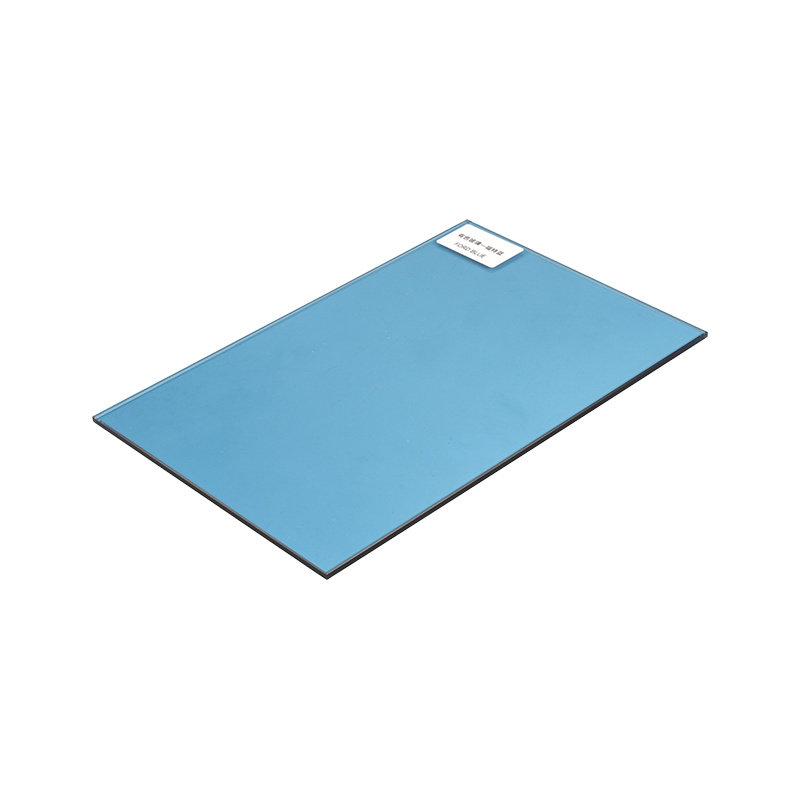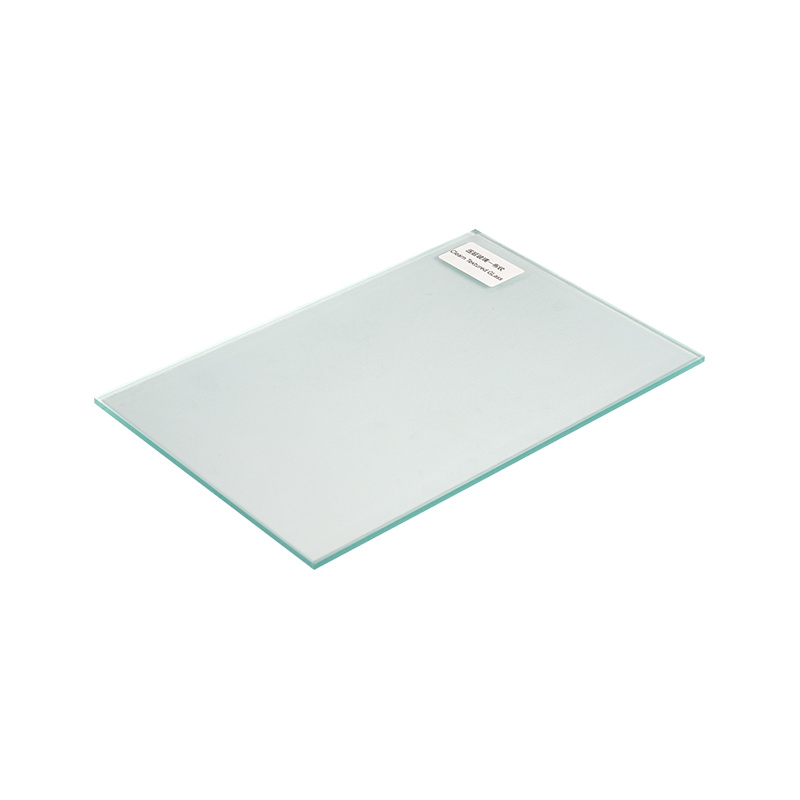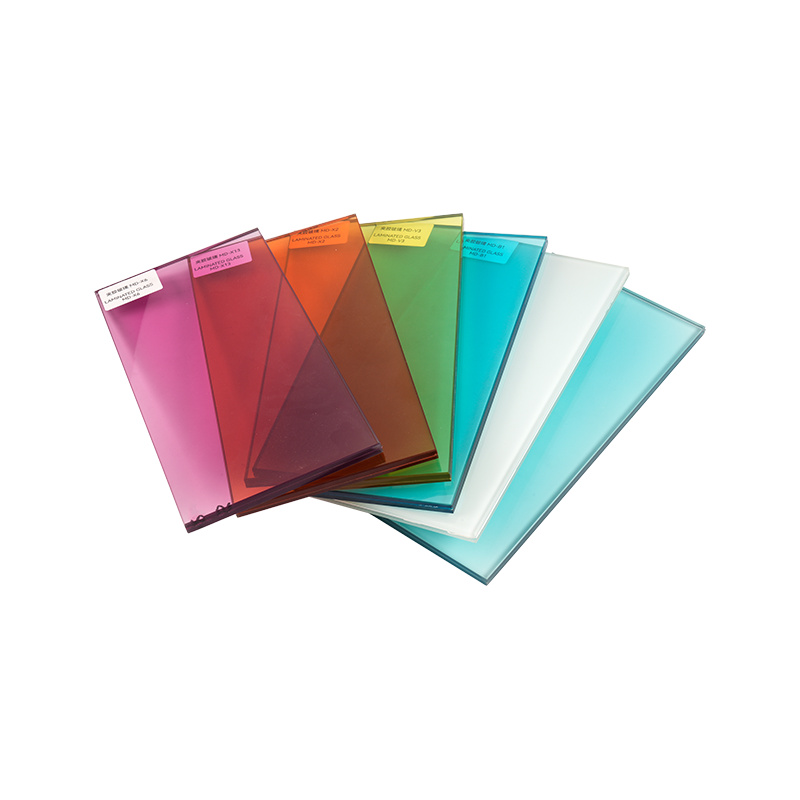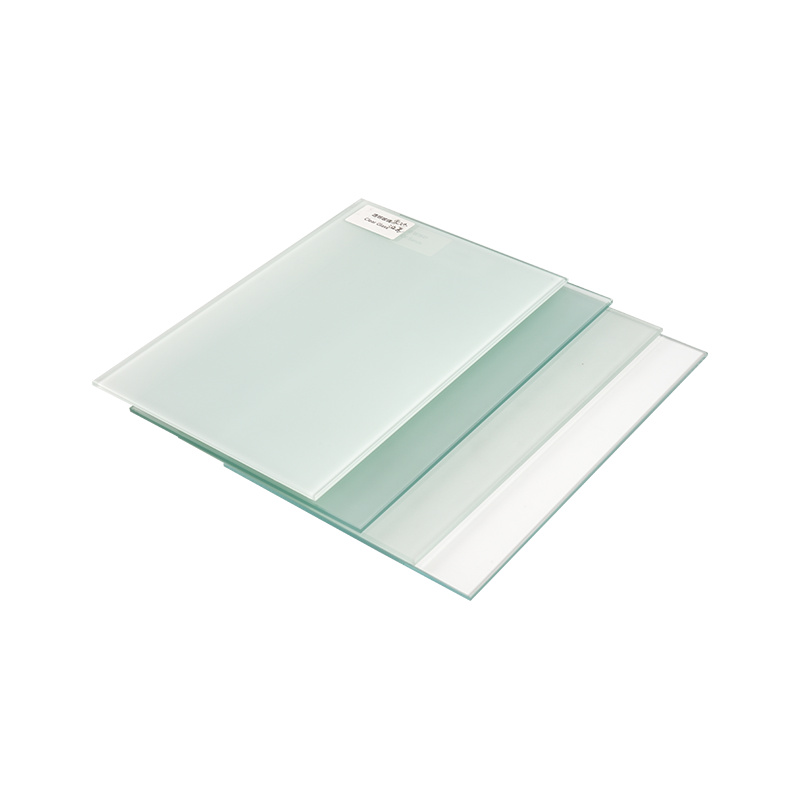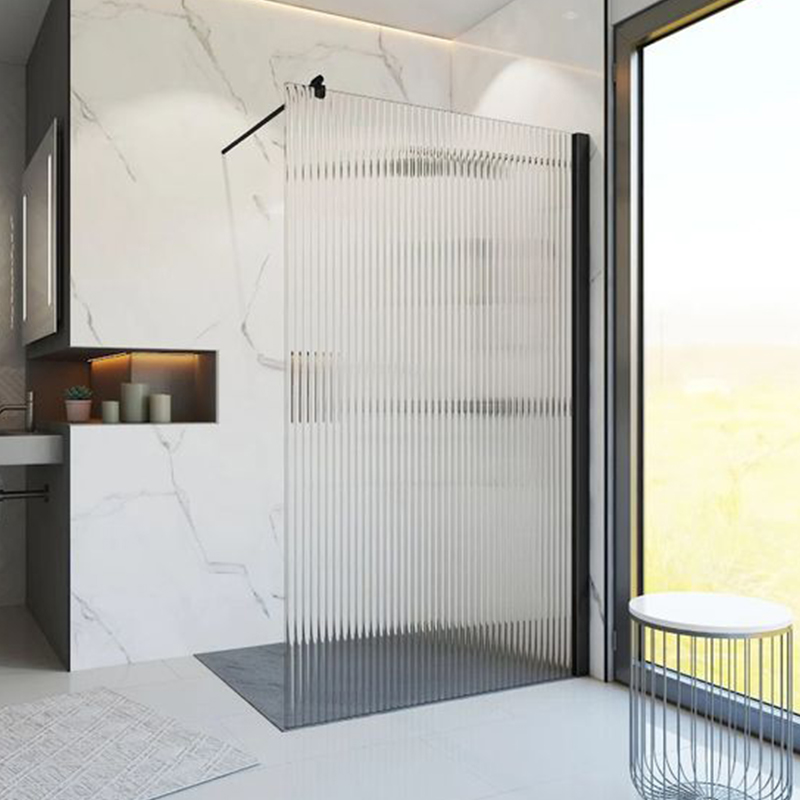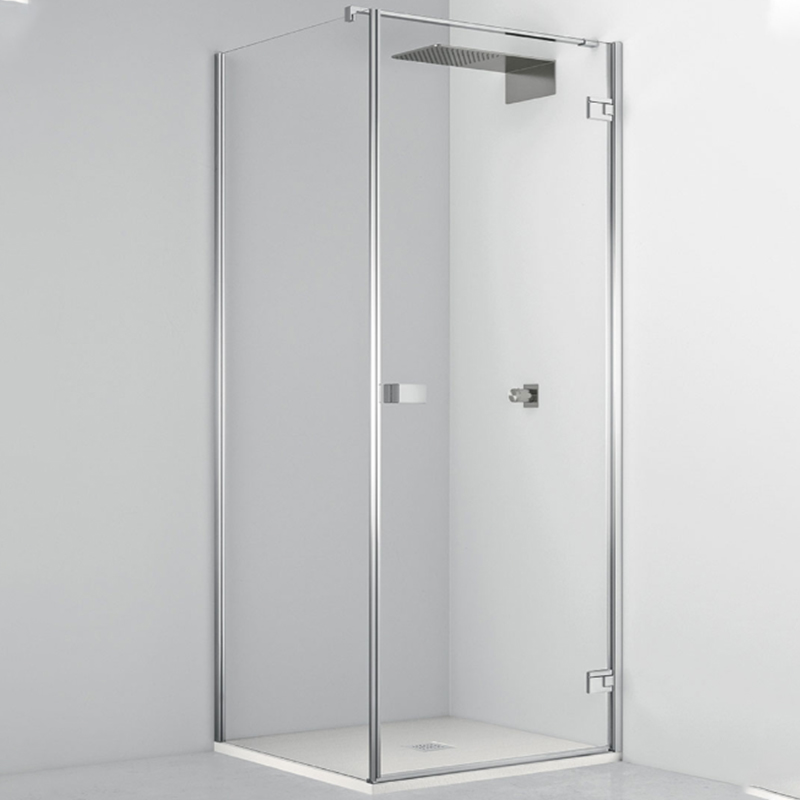The shower enclosure, a seemingly simple home furnishing, actually carries the core functionality and aesthetic pursuits of the modern bathroom. It's not only an effective tool for separating wet and dry areas, but also a key element in enhancing quality of life and creating a private and comfortable bathing experience.
The shower enclosure: A transformation from function to aesthetics
The shower enclosure arose from the need to separate wet and dry areas in the bathroom. In traditional bathroom design, the shower area, washbasin, and toilet are often located in the same space, creating splashing water and making the floor slippery, compromising safety. The emergence of the shower enclosure, through physical partitioning, traps moisture in a specific area, not only keeping the space clean and dry but also significantly reducing the risk of slips.
With the evolution of design concepts, the shower enclosure has transcended simple functionality. Today, it's considered the finishing touch of a bathroom space, its shape and materiality inextricably linked to the overall style. From minimalist frameless glass designs to industrial black frames to modern, luxurious brass details, the shower enclosure has become a vital vehicle for expressing a personalized aesthetic. It's no longer a simple partition, but an independent space that blends functionality, aesthetics, and an emotional experience.

Material Selection: The Art of Glass and Frame
The core components of a shower room are glass and frame. The choice of these two materials directly determines its safety, durability, and visual appeal.
Glass: Safety First, Aesthetics Second
The glass used in shower rooms must be tempered glass. This is because tempered glass undergoes special treatment, making it 3-5 times stronger than ordinary glass. Even if it shatters from an accidental impact, it breaks into blunt-angled particles rather than sharp blades, greatly reducing the risk of cuts.
Beyond tempered glass, a variety of finishes are available. For example, ultra-clear glass has an extremely low iron content and high light transmittance, resulting in a crystal-clear appearance and preserving the true beauty of the space to the greatest extent possible. Laminated glass uses a layer of PVB or EVA film between two sheets of tempered glass. Even if the glass breaks, the shards adhere to the film, preventing scattering. Special treatments such as coated glass and frosted glass can meet different privacy requirements and decorative effects.
Frame: Supporting Strength and Detailed Presentation
A shower enclosure's frame, also known as the frame, is crucial for its structural stability. Aluminum alloy is the most popular frame material on the market. High-quality aluminum alloy frames typically utilize 6063-T5 high-strength profiles and undergo multiple processing steps to ensure excellent corrosion and oxidation resistance and mechanical strength.
In addition to aluminum alloy, stainless steel is also an option for high-end shower enclosures. Stainless steel frames, particularly 304 or 316 stainless steel, offer enhanced corrosion resistance and a sleek finish, but also come at a higher cost. Frame finishes such as electrophoresis, anodizing, and spray painting lend shower enclosures a rich palette of colors and textures, from classic bright silver and matte black to unique bronze and champagne gold, each showcasing a distinct style.
Structure and Design: The Perfect Balance of Space and Function
Shower enclosures offer a variety of structural designs to suit bathrooms of varying sizes and shapes. Common structural types include:
Linear: Suitable for narrow, long bathrooms or those requiring a combined shower area and bathtub. Typically installed between two walls, it offers a simple, space-saving design.
L-shaped (right-angled) shower enclosures utilize corner space, creating a square or rectangular shower area with two glass walls. This is a common option.
Curved shower enclosures: These feature a graceful, gently curved design that effectively utilizes corner space. The door typically opens with a sliding mechanism, eliminating the need for external space.
Diamond shower enclosures: Composed of three glass walls, they resemble a diamond and similarly utilize corner space, but offer a more stylish design. They typically feature a swing door.

Sliding doors are primarily categorized as sliding and swing doors. Sliding doors occupy less external space and are suitable for smaller apartments. Swing doors offer a spacious and airy feel, but require ample space for the door opening.
A shower enclosure is more than just a bathroom product; it embodies a lifestyle. Through a deep understanding of materials, structure, and design, combined with professional selection, installation, and maintenance, we can create a personalized bathroom space that is both safe, comfortable, and beautiful, making every shower a true pleasure.



 中文简体
中文简体